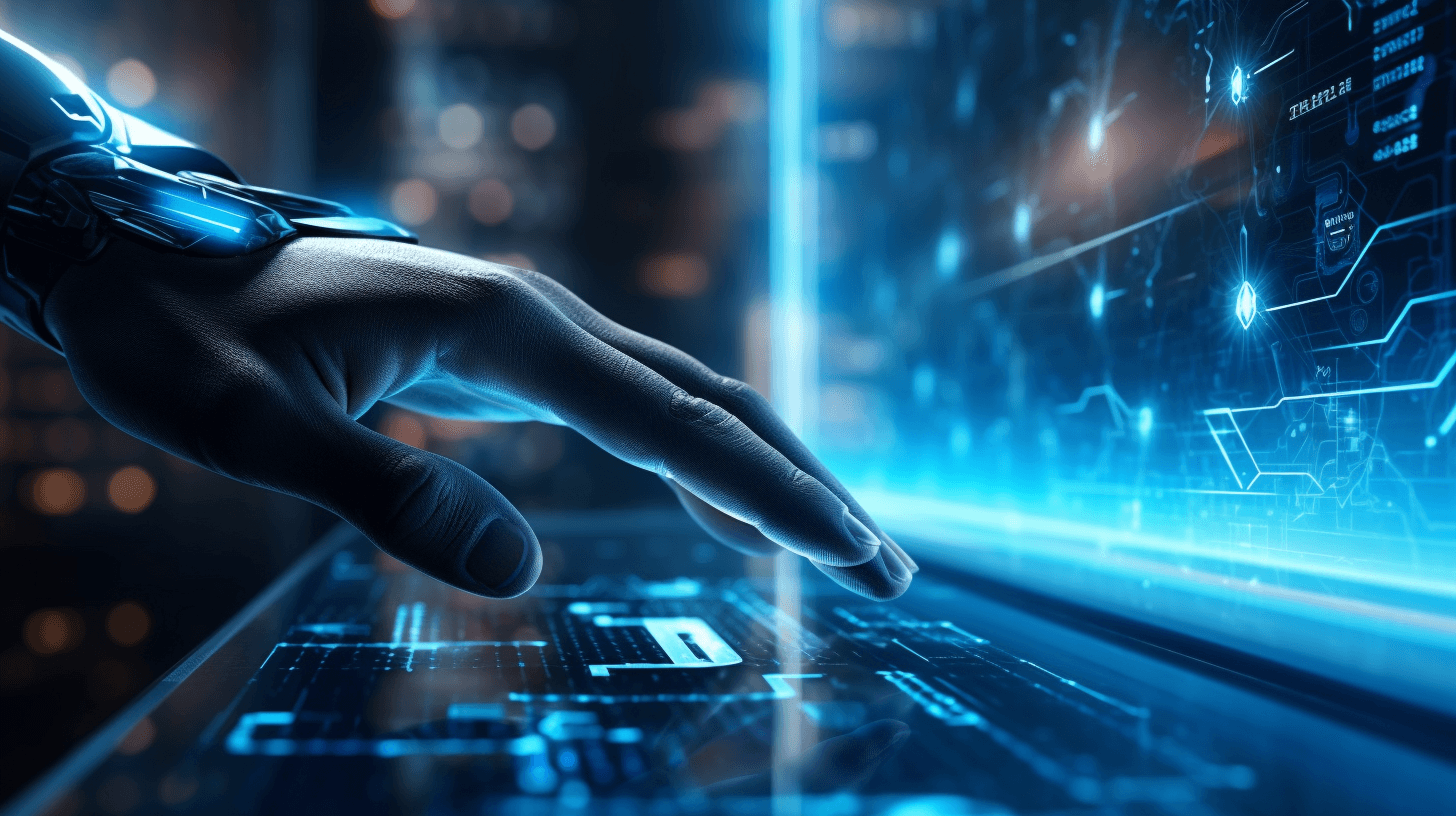 Source: Wikicommons_
Source: Wikicommons_
In the vast wildness of Africa, a scientist finds himself knee-deep in mud, battling to collect samples for his research. As water pours down from above, he wonders if there is a better way to collect his samples — a technology-driven solution that is safe, efficient, and accurate.
From revolutionary robotics to transformative artificial intelligence (AI), technology can improve sampling techniques everywhere, tackling the problems researchers face in their work.
Technology can be used to take samples precisely, efficiently, and safely – bringing improvements in various fields of study such as environmental science, biology, and beyond.
Robotics
Robots are becoming a valuable tool for sampling, offering solutions in diverse and remote environments. Specially engineered, these robots can withstand and operate in harsh environments, especially where humans cannot reach them.
For instance, NASA sent the Perseverance rover to Mars in 2020 to collect rock and regolith samples. Since Mars is an uninhabitable planet, the Perseverance rover allows scientists to safely understand the Martian atmosphere before humans can actually land and study it.
Automation Technology
Like robotics, automation technology can also improve sample collection, usually by minimizing the need for human intervention.
In clinical laboratories, for example, automation technology "decreases the need for laboratory personnel at all levels." Since the laboratory workload has increased recently, automation technology is vital for laboratories to improve their service amidst labor shortages.
Remote Sensing
In complete contrast to on-site observation, remote sensing technology allows for collecting samples from an object without making physical contact with it. The process involves measuring reflected and emitted radiation at a distance.
According to the United States Geological Survey, remote sensing collects “remotely sensed images, which helps researchers ‘sense’ things about the Earth.” These images are captured via cameras on either a satellite or aircraft of the target, allowing the researcher to get a view from above.
Laser Ablation
Laser ablation is a powerful tool for collecting samples from a variety of materials. It uses laser pulses for the precise collection of microscopic samples for chemical analysis. It is commonly used on metals, semiconductors, glass, and biological materials.
This less invasive technique offers several advantages compared to traditional methods, especially in medicine. For instance, laser ablation is increasingly used in brain surgeries like epilepsy and tumors. According to the National Institute of Health, these procedures remove targeted tissue with minimal damage to surrounding areas.
Environmental Sensors
Environmental sensor technology consists of sensor networks that monitor an environment by continuously gathering air, water, and soil samples. These sensor networks include soil, temperature, gas, humidity, light, wind speed, and other sensors, which can provide a variety of data about the environment.
According to Science Direct, these sensors monitor and provide real-time data. This way, researchers can assess pollution levels, ecological changes, and other environmental changes as they happen.
Wearable Sensors
Wearable sensors can help collect real-time physiological samples. These devices are directly attached to human skin or clothes and can collect samples of a person's blood sugar or heart rate. Because of their comfort, easy accessibility, and high adaptability, these devices perfectly match a person's daily routine and provide valuable real-time health tracking.
Fitness trackers, smartwatches, and smart glass technology are all wearable sensors. Whether it is Fitbit, Apple Watch, or Google Glass, all wearable sensors allow for the sampling of vital health information which can enhance outcomes, optimize strategies, and save time for a researcher.
Cloud Computing
Samples can also be collected using cloud computing technology. This technology involves delivering computing resources over the Internet, which can give researchers real-time tracking of samples' locations, storage conditions, and analysis status.
According to Google, cloud computing is easily accessible from anywhere at any time. This accessibility can allow researchers to get immediate information about the sample and predict the optimal location for sample collection.
Cloud computing is an innovative technology that can reshape sampling methodology, allowing researchers to acquire valuable data precisely and efficiently.
Artificial Intelligence
Using advanced AI algorithms, researchers can analyze vast datasets to find the optimal location for collecting samples. These algorithms consider different environmental and historical factors to predict areas that will provide the most valid results.
Let’s assume a scenario where a researcher is trying to study rare species of snakes. Using advanced AI and machine learning algorithms to analyze environmental and historical factors like habitat, climate, or previous sightings of the species, the researcher can determine the optimal location where he may find the rare snake species.
Thus, researchers can collect samples quickly and precisely using the right algorithm for their work.
Conclusion
Technology is a game-changer for sampling. Robotics, remote sensing, and artificial intelligence are just a few ways technology can help researchers collect samples.
The result? Precise, efficient, and optimized sample collection. With each passing moment, researchers must adapt to technological innovations to make groundbreaking discoveries.

